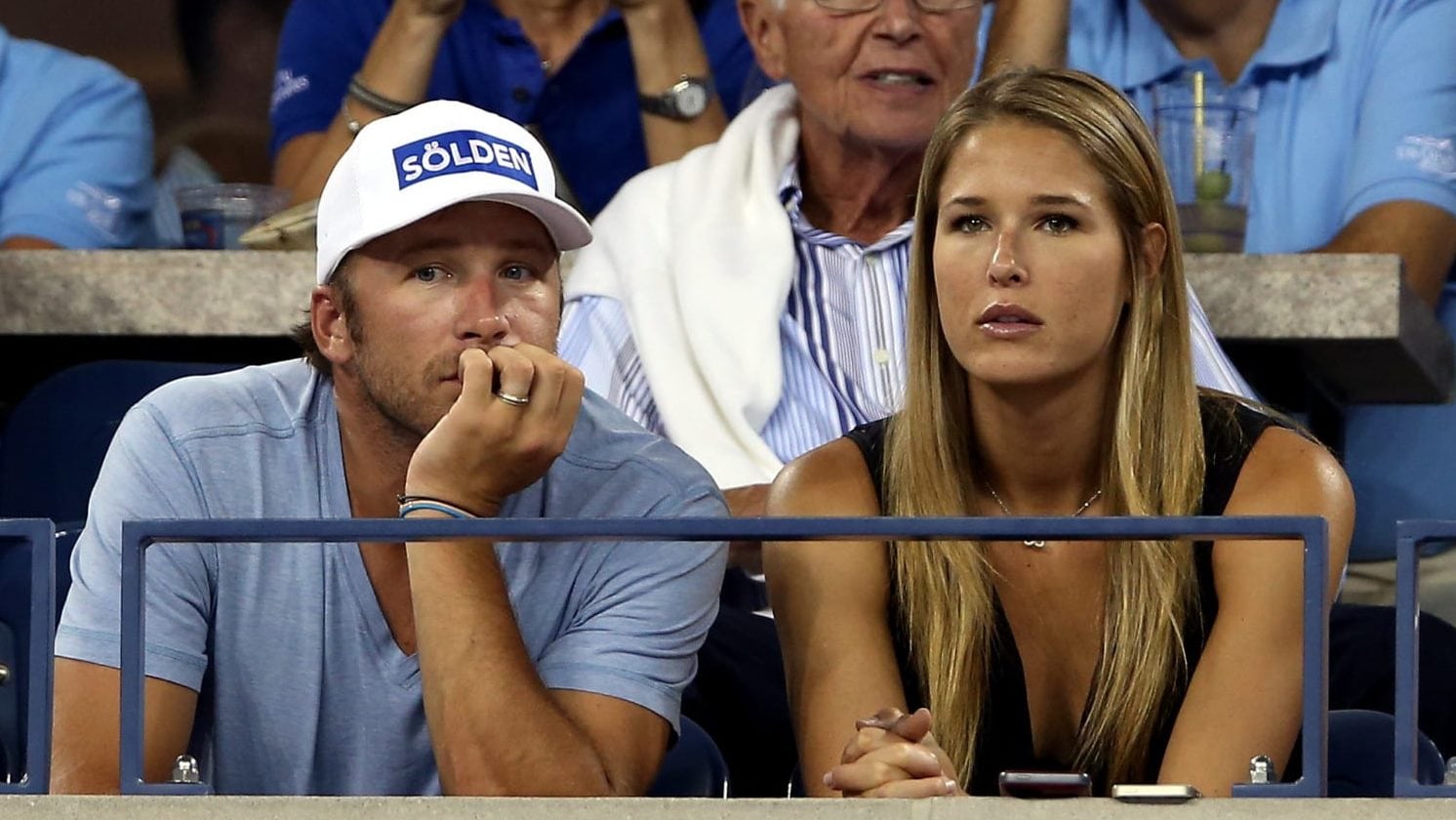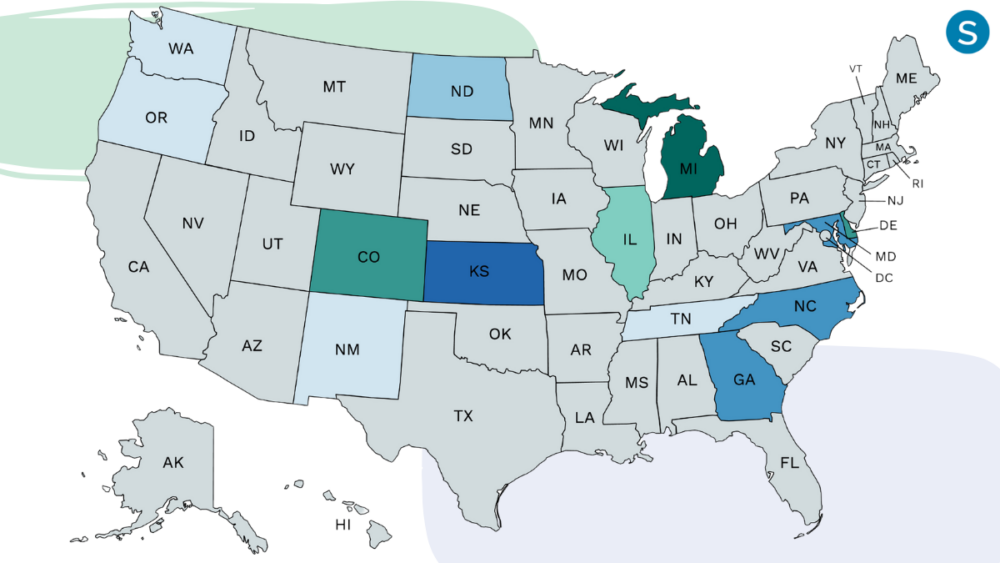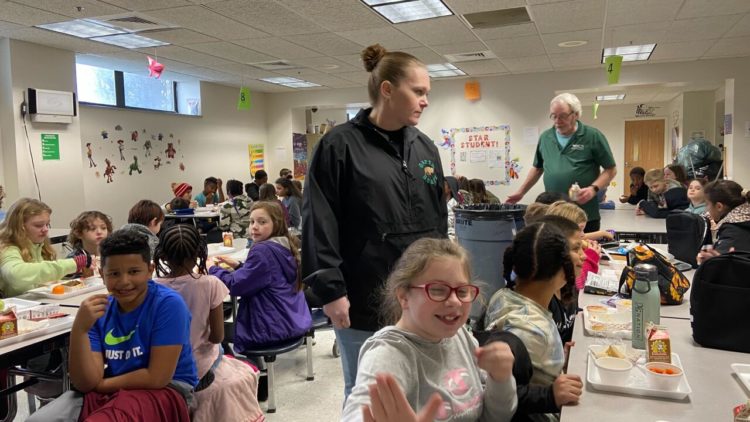Bode Miller’s wife is raising awareness about the dangers of child drowning

On June 10, Olympic gold medal skier Bode Miller and his wife, professional beach volleyball player and model Morgan Beck, experienced a horrific tragedy. Their 19-month-old daughter, Emeline, drowned in a friend’s pool.
Now, five weeks after the loss of their child, Beck is speaking out about the fatal accident in hopes that no other parent will have to go through the anguish she and her husband have experienced in the wake of their daughter’s death. She took to Instagram to share her thoughts on their heartbreak:
https://www.instagram.com/p/BlWBrP6j5bF/?utm_source=ig_embed
Alongside a photo of Emeline in a snowsuit, Beck wrote, “It’s been 37 days since I’ve held my baby girl. I pray to God no other parent feels this pain. My heart is with you @nicolehughes8 as we walk this journey together. And thank you @scarymommy for helping us spread awareness. PLEASE READ! Link in bio!” she wrote.
The link Beck refers to is to an essay for Scary Mommy written by Nicole Hughes, a mom who lost her 3-year-old son, Levi, to a drowning accident on the very same day that Emeline died. Hughes and Beck have united in their shared grief to raise awareness about just how common drowning deaths are, and to help other parents prevent them.
In her Instagram post, Beck shared some statistics about drowning accidents, writing, “Drowning is the NUMBER ONE cause of death in children ages 1-4.”
She went on to address her observation that despite this troubling statistic, many parents remain unaware of the true risk of drowning, as well as how quickly and unexpectedly it can happen:
“We talk about vaccinations, car seats, organic foods, screen time, etc at length…but not the number one risk your children’s lives face…a silent killer. It takes SECONDS. Please share and help us spread awareness. It’s the first step to preventing these types of tragedies. #drowning #drowningprevention #truthaboutdrowning.”
Beck’s sentiment was echoed in Hughes’ essay. Hughes explained that despite how drowning might be portrayed in movies or on TV, death by drowning is not always characterized by a loud and dramatic struggle. In fact, the victim might never make a sound, as was the case with her son.
“It happened so quickly,” she wrote. “I don’t know how Levi got away from us as we were cleaning up from dinner, or what lured him to go outside alone. I was the one who found him, face down, in the deep end. Just moments before this horrific discovery, I split a brownie with him. I still had the other half of the brownie in my mouth when I jumped into the pool to grab my son. Mere moments, seconds.”
She took to Instagram as well to share her message about the dangers of drowning:
https://www.instagram.com/p/BlWEKWbFehm/?taken-by=nicolehughes8ren
Hughes’ story also illustrates another common misconception about drowning deaths — that they always happen when a child is expected be swimming. In fact, Hughes references another troubling statistic: 69 percent of children who drown are not actively swimming when it happens. Instead, they unintentionally wander into the water, as was the case with Levi.
In her essay, Hughes goes on to call upon the American Academy of Pediatrics to help spread the word about the danger of drowning.
“American Academy of Pediatrics, I am asking for your help,” she wrote. “We need you. I say this as someone who is married to a physician and who respects my own pediatrician very much. But, thousands of people have reached out to me over the last month sharing the same comment each time: ‘I had no idea. Why didn’t I know any of this about drowning?'”
Hughes suggests that parents receive a handout on the risks of drowning during a well-child visit and that the organization address the topic more prominently on their website.
RELATED: What You Should Know About Dry Drowning
Hughes is also taking action through the creation of a nonprofit made in her son’s honor, Levi’s Legacy, the mission of which is to eradicate drowning completely through education and prevention strategies, particularly the concept of a “water guardian,” which is a designated adult whose responsibility it is to supervise children around water, whether or not they’re swimming.
https://www.instagram.com/p/BklOGR_Fwk8/?taken-by=nicolehughes8
We’re sending our deepest condolences to both of these families as they mourn their incredible losses, and here’s hoping that their advocacy on this important topic helps prevent similar tragedies in the future.
RELATED: These parents lost their son and created a touching tribute to him:





